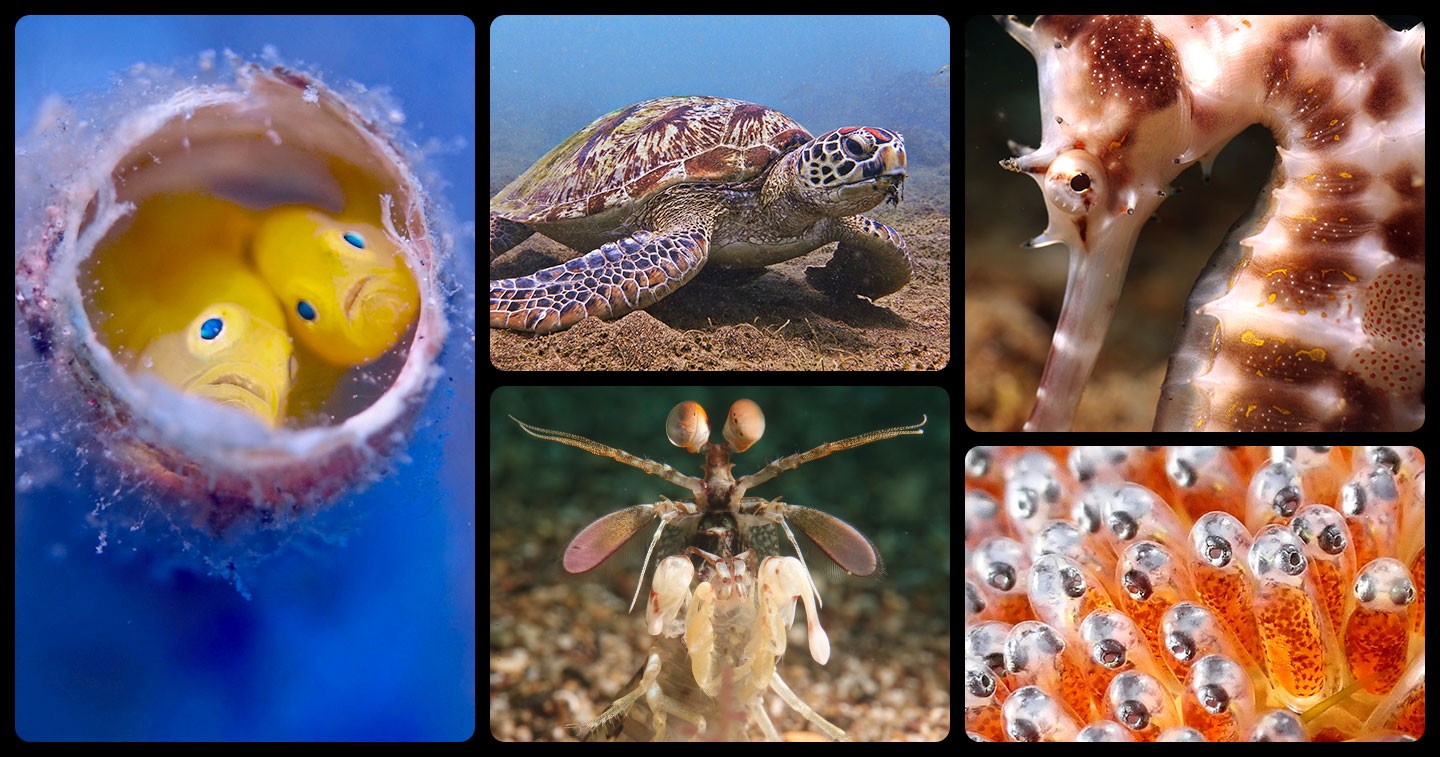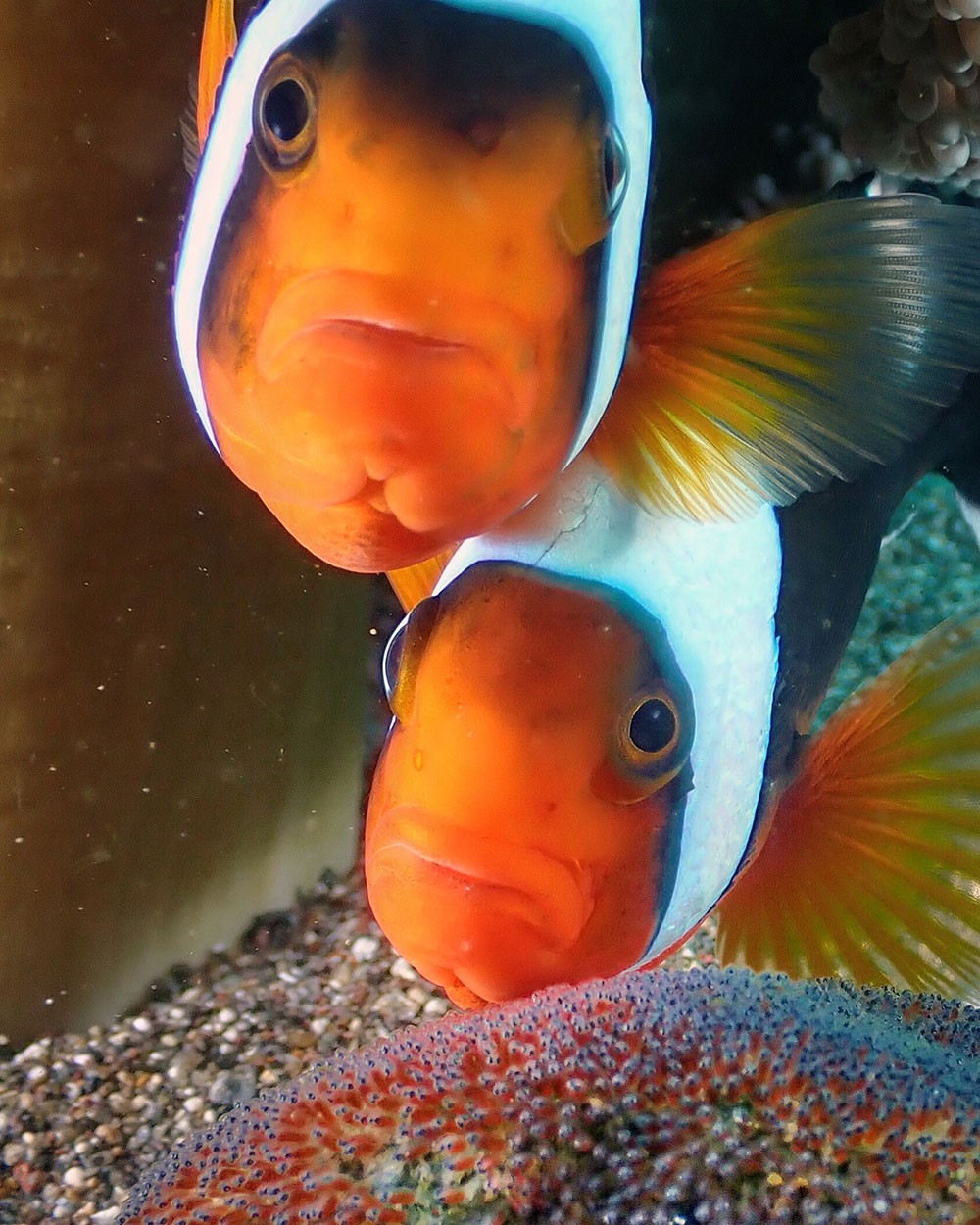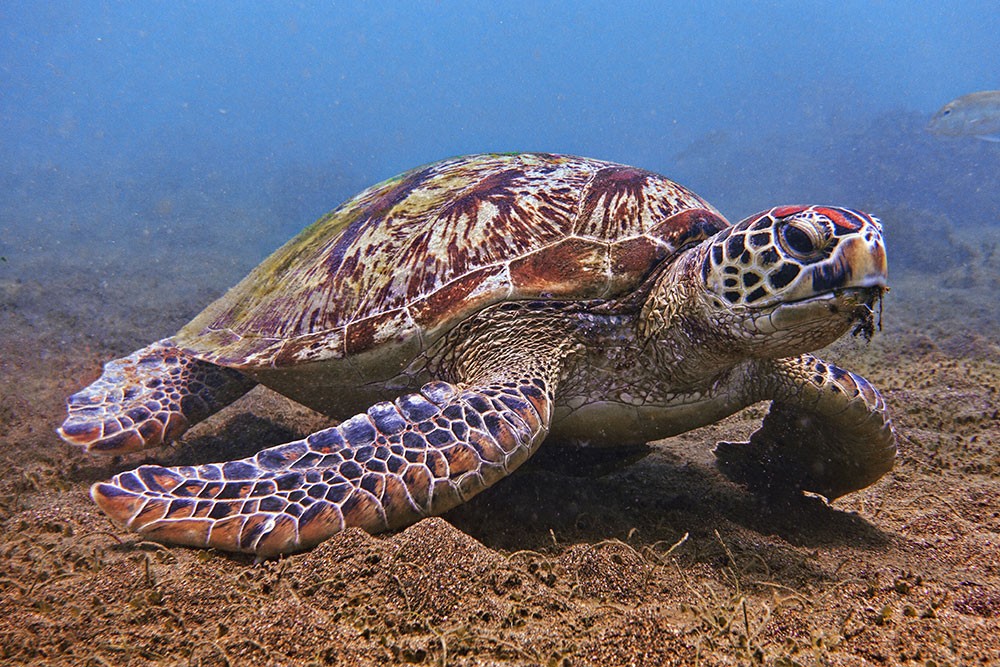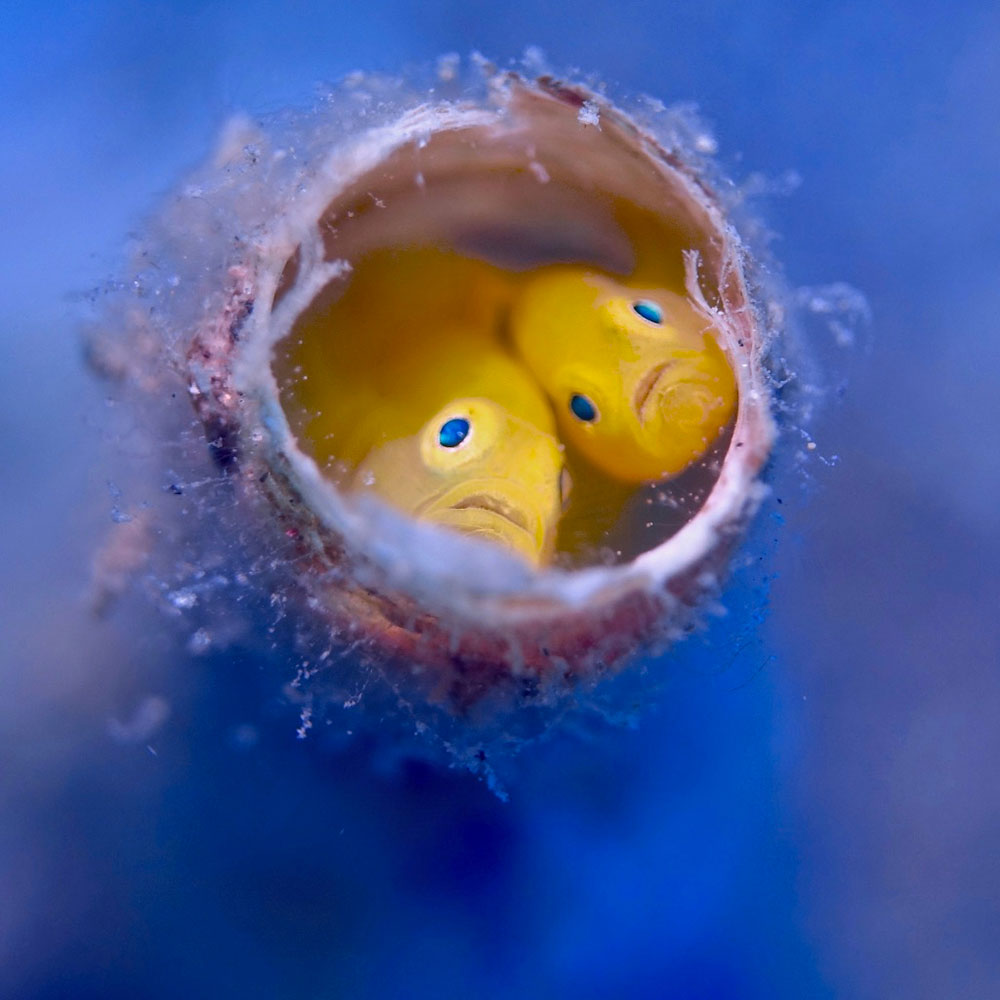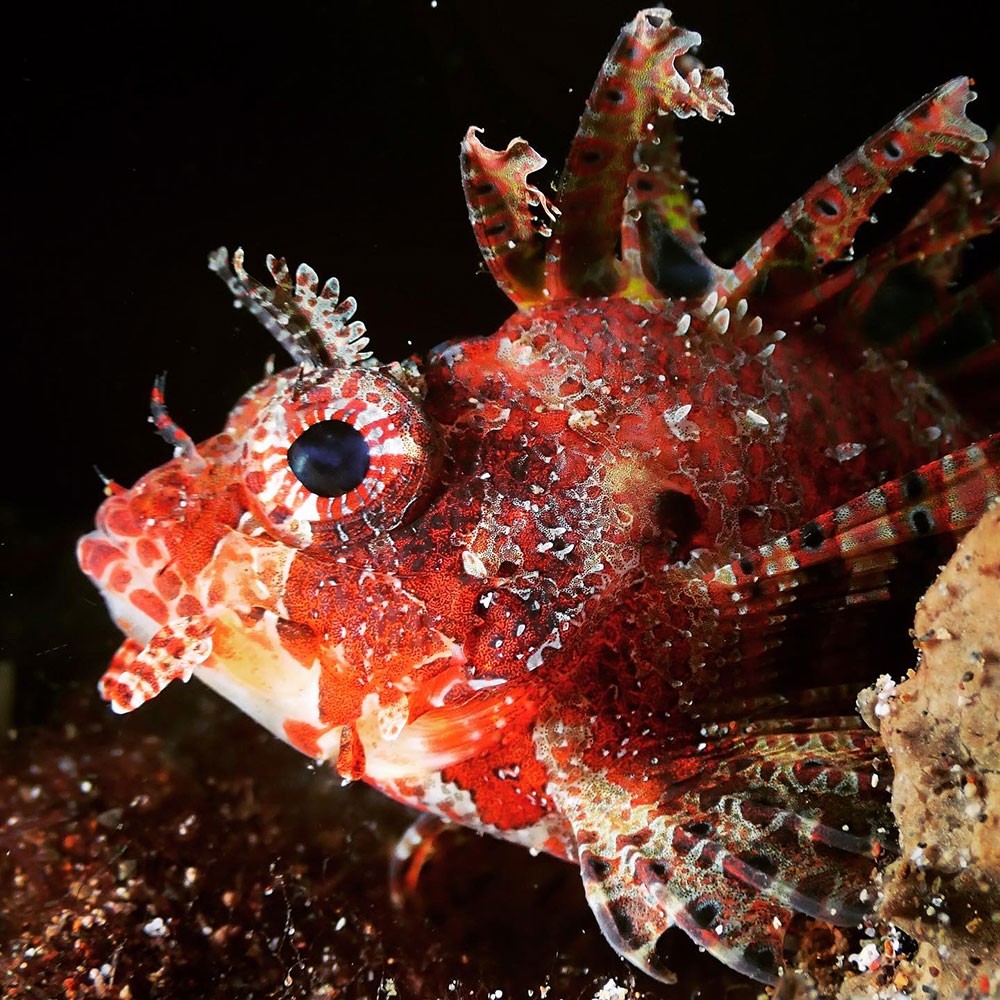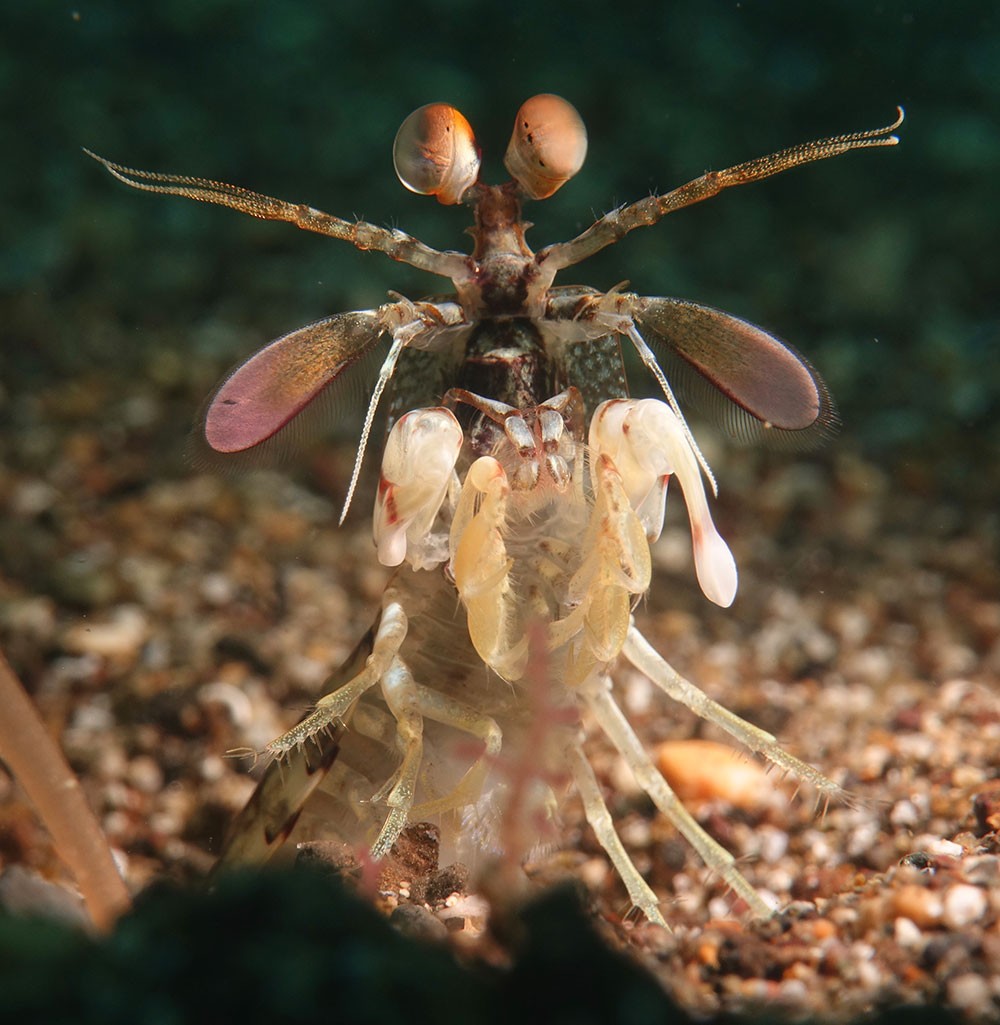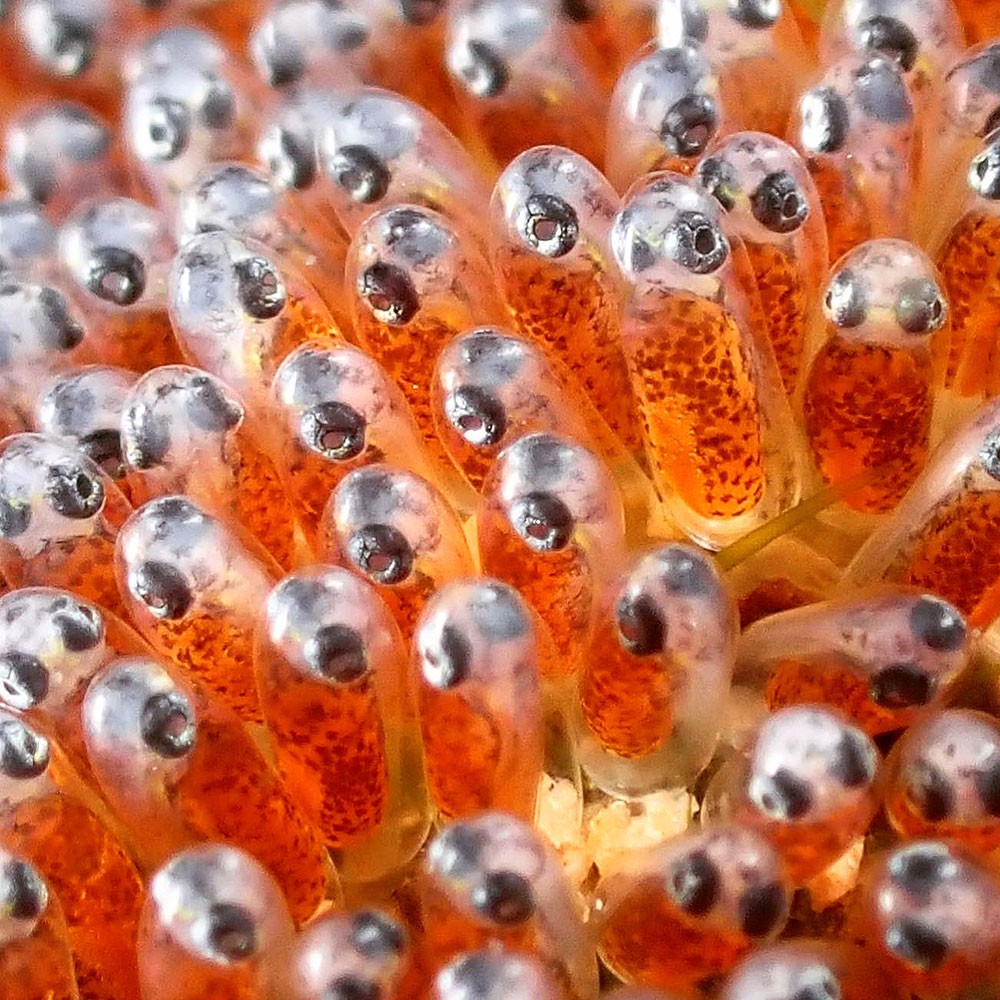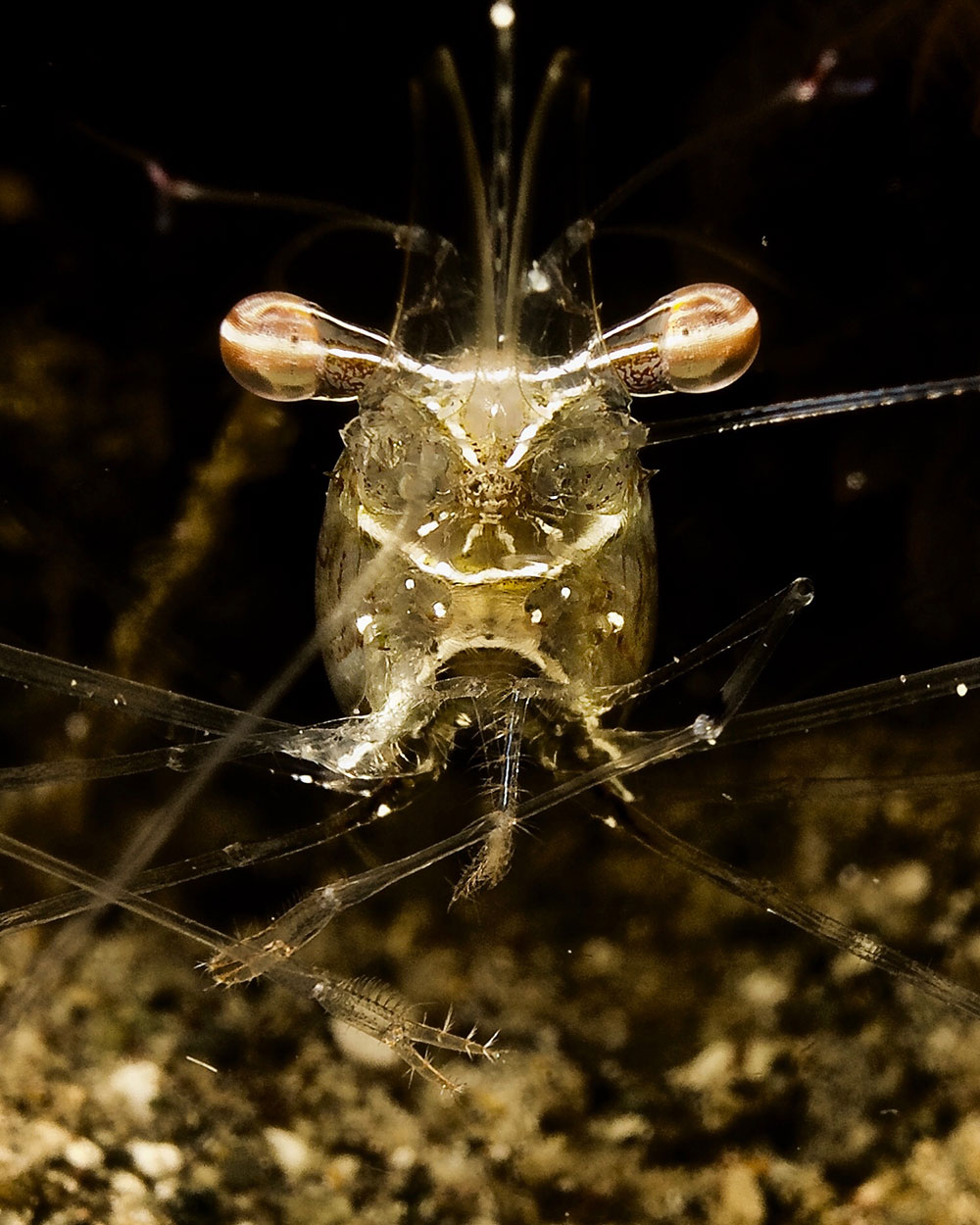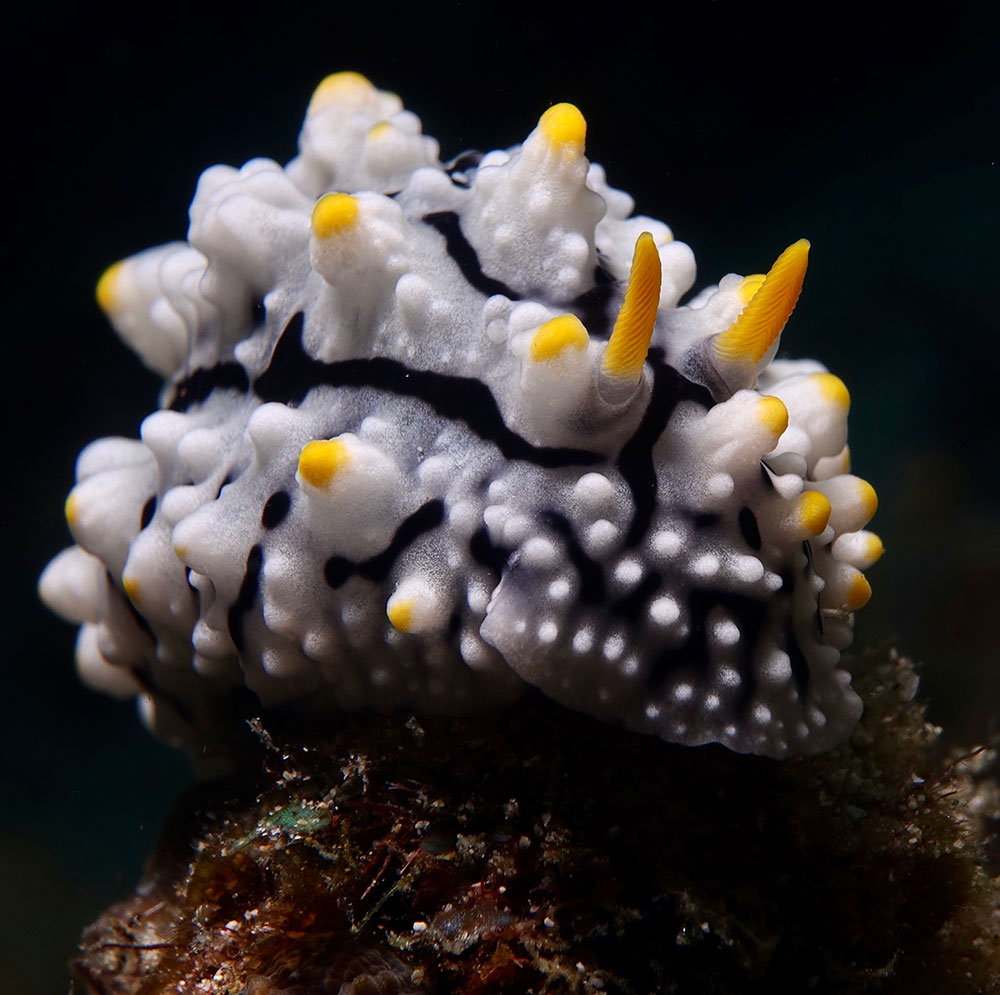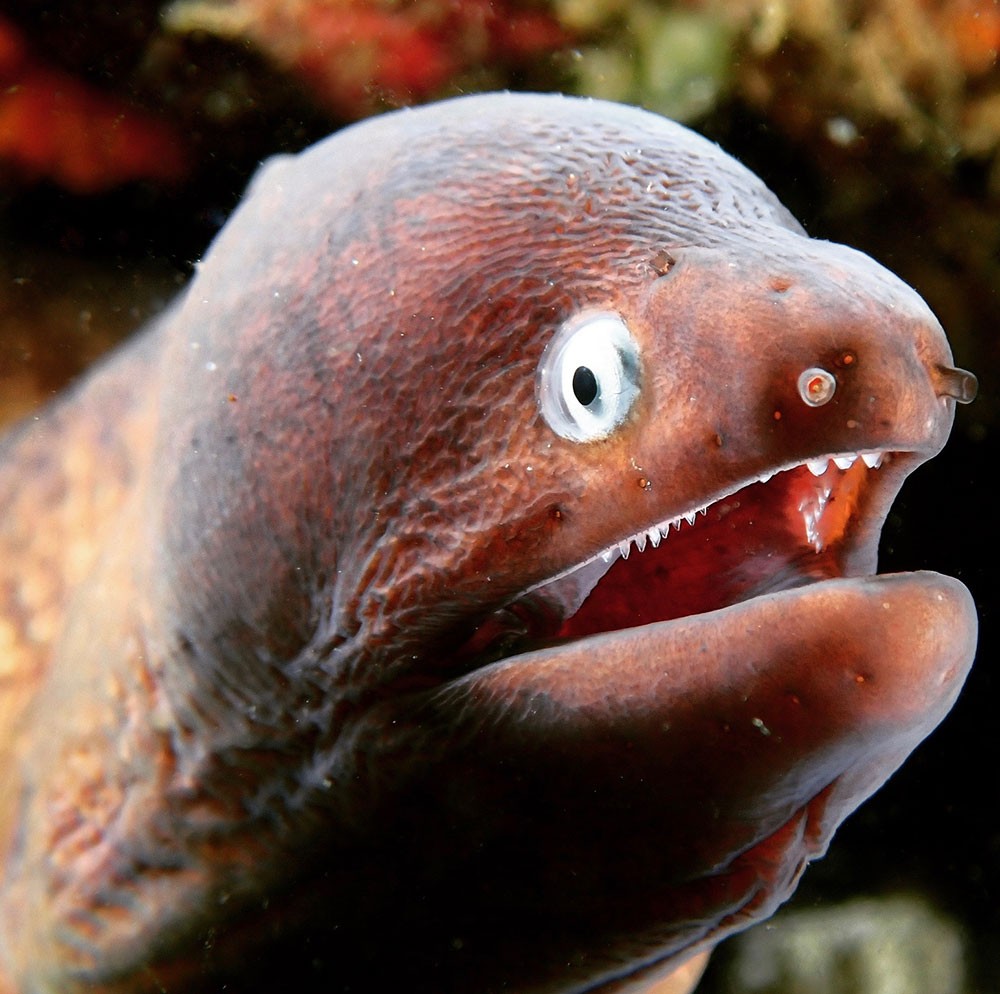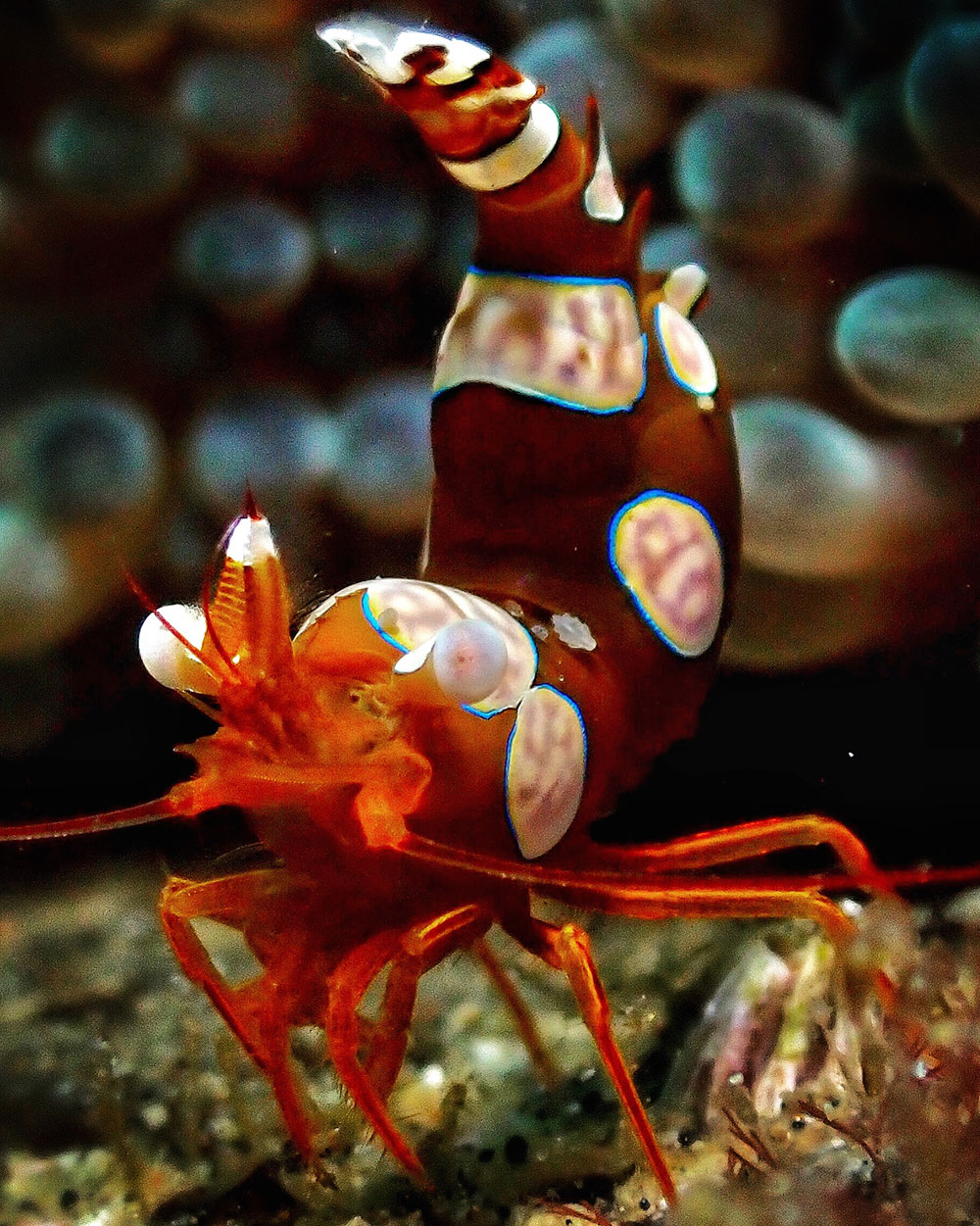ANILAO, PHILIPPINES — Raffy Francisco, TV Commercial and Content Director, has released a lot of popular brand commercials under his name, advertising a range products that includes beauty, tech, food, beverages, and a lot more. On the side, he also shoots stunning underwater films for both commercial and personal work, and has been doing so for a number of decades now.
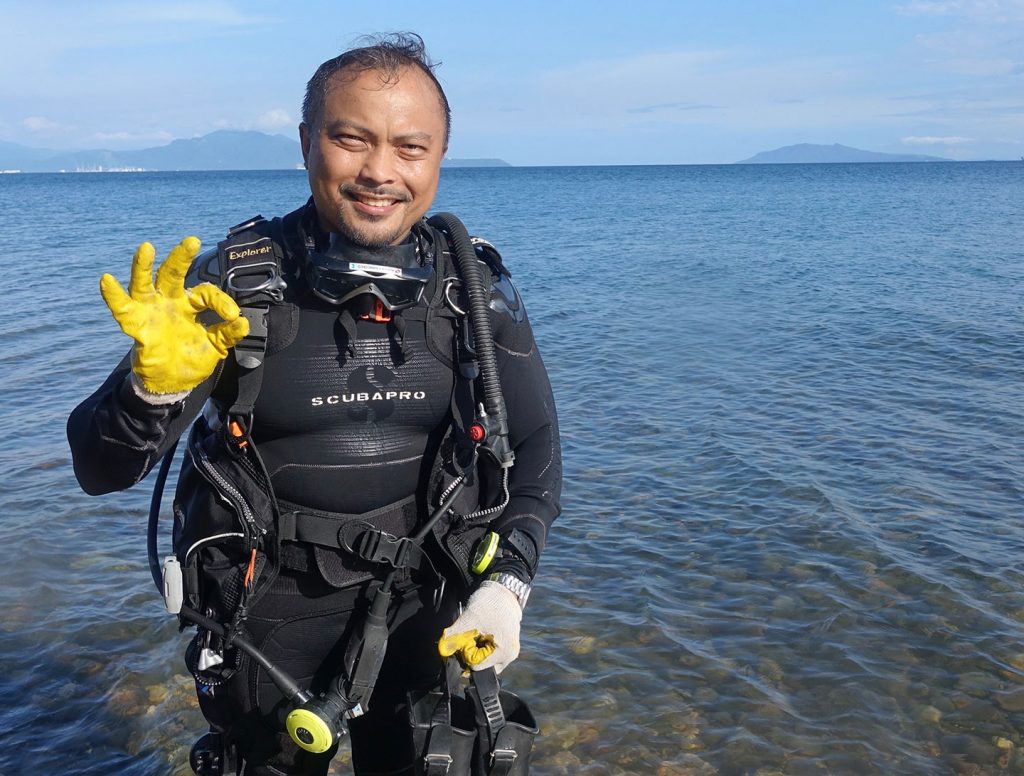
Sharing with adobo magazine, Francisco talked about how he was first exposed to the process of photography when his brothers introduced it to him in the comforts of their dark bedroom. Their late father was also an architect and painter, which was an integral part in his creative upbringing.
As a man who is deeply passionate about the oceans, and documenting its beauty, Francisco shared a casual write-up with us on how to get started in underwater photography and videography in the Philippines. From equipment, to lighting, and to location, he shared valuable insights from someone who dove deep and explored his creativity below sea level for many many years.
Here’s some secrets before you dive into the deep end:
PHOTOGRAPHING PARADISE! – Underwater Photography with Raffy Francisco
“Wow! I could see every color imaginable!” thoughts in my head when I first snorkeled in Anilao, Batangas.
Months after my first snorkeling experience, I got my NAUI Openwater Scuba Diver Certification under Louie Barrios. That was in 1996. Not long after, I purchased a Gates Underwater Scuba Housing for my Video 8 Camera to document our underwater dive adventures. It cost an arm and a leg back then, and passing VHS tapes around or watching it during parties were the only ways to share the experience.
By the early 2000s Scuba diving went on the back-burner as priorities changed, everyone got busy working, starting their families. Then in 2016, I got to dive with my instructor Louie Barrios again. This time with Ace Underwater Cinematographer Marissa Floirendo as I was directing a segment for Enchanted Kingdom’s“Agila”4D Film. This tickled my fancy once again, so I bought an underwater casing for my point and shoot Camera. I invited my dive buddies back to Anilao for Easter. My dive buddy and I bought a property in Anilao and built a house which we now call Tamarind Place where I do most of my photo dives.
The advent of digital photography and social media has been a great boon for lovers of the ocean. Now you can share your adventures and the treasures of the sea with everyone and it’s a great feeling! Getting into Underwater photography or videography has never been simpler.
Equipment:
For starters, you can dowith an action camera like a GoPro or one of those cheaper P5,000 knock-offs. They take really decent photos, especially in the shallows, below 15 feet. Don’t worry, there’s a lot of beautiful corals and fishes even at those depths.
If you have resources to spare, get a point-and-shoot digital camera and put it in an Underwater casing and attach to a tray with handles. A starter UW case will set you back around $300 and will go to a depth of 120ft. Keep in mind, you’ll have to go through a rigorous regimen of keeping your O-rings lubed with Silicon grease and making sure seals are immaculately clean. Dust, hair and lint can cause the seal to break and flood your camera system.
Lighting
You will notice that colors get dull real quickly as you go deeper. This is because water absorbs the top spectrum of light easily, Red in particular. So to bring these colors back, you’ll need to bring down some lights. Waterproof lights start from as low as P2,000 and luckily these pair real well with your action cameras. To take better shots, you’ll need cameras with a better sensor and pair them with more powerful lights upwards of 1,200 lumens. For underwater photography, underwater strobe lights are preferred. They emit a more powerful output that can bring the vibrance back to your underwater subjects. Better illumination also helps eliminate blurring which is common in UW photography as keeping still underwater requires a mastery of your buoyancy. Lighting underwater will also require careful placement of lights to avoid creating backscatter, unwanted elements lit in the water column between your subject and the lens.
I would advise future underwater photographers to log-in dozens of dives first so that they get comfortable with their SCUBA gear prior to fiddling around with their camera. There are UW photography specialty courses available, do take them if you can. Your safety is first priority.
LOCATION: AMAZING ANILAO BATANGAS!
A mere 2.5 hour drive south of Manila takes you to what scientist’s term as the center of the center of the World’s Marine Biodiversity, the Verde Island Passage. There are more species per square inch in this part of the world and every year scientists still discover new species. And that’s something to be really proud of.
People from all over the world flock to Anilao Batangas for Underwater Macro Photography. We have the best sites and the best guides that point you to the species you want to film. The variety of Nudibranchs(Seaslugs with no shell), hard and soft corals and fishes we have is mind-blowing. Then bumping into a Sea Turtle happens very often. I am still in awe every time I peek underwater. I leave all my filmmaking and client woes topside and just focus on the beauty below.
I take my time in the reefs and in the muck to find species and behavior that fascinate me. These photos are my subtle adverts to come and visit our reefs. They’re one of the best in the world!
Whilst I direct advertising and films topside, I’m merely a spectator in the Underwater world to the greatest movie there is, Mother Nature.
These days while Raffy Francisco’s stuck indoors during the COVID-19 Enhanced Community Quarantine, he’s been playing his saxophone from the balcony of his apartment at the Fort, as a tribute to the health workers with #Sunsetsaxsessions.
Check out his work:
https://www.youtube.com/user/filmvideofan/videos
https://www.instagram.com/raffyfrancisco/

